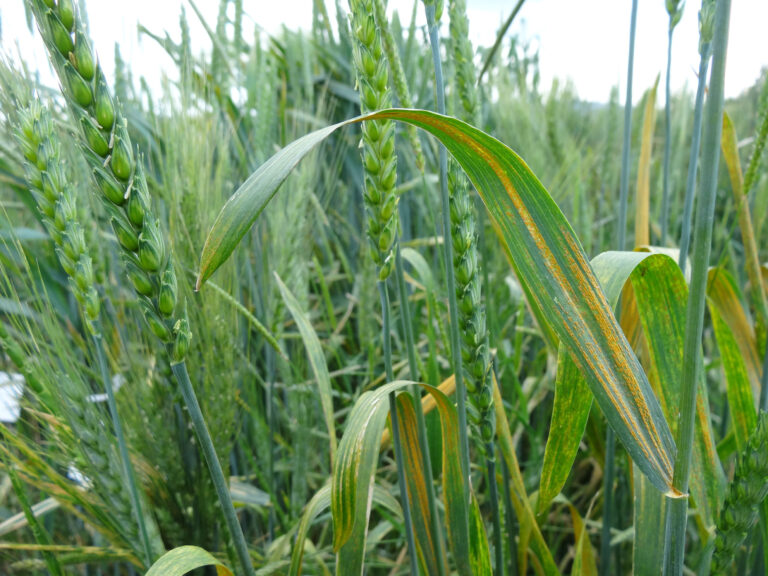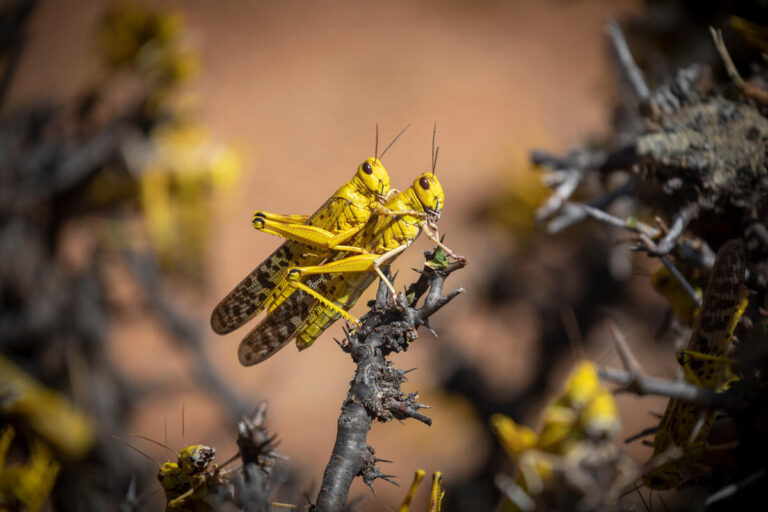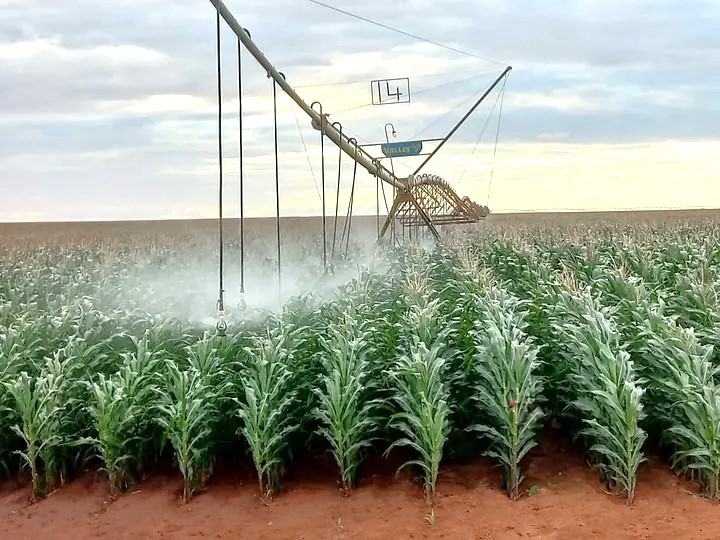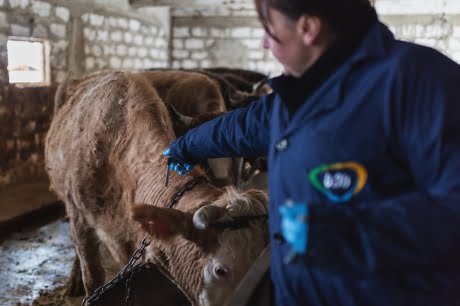Large numbers of Desert Locust swarms that have formed in Kenya and Ethiopia since January could move west in the coming weeks, threatening fields, pastures and livelihoods in West Africa.
But national surveillance operations are in full swing, and control measures are ready because of the major early warning and rapid response effort coordinated by FAO.
“We have witnessed the unprecedented Desert Locust threat to food security and livelihoods in East Africa, and we are doing everything we can to prevent a similar crisis repeating in the Sahel region, which is already experiencing several ongoing crises,” said Coumba Sow, FAO’s Resilience Coordinator for the region.
The Desert Locust is considered the most destructive migratory pest in the world. A single swarm covering one square kilometre contains up to 80 million locusts and can eat the same amount of food in one day as about 35 000 people. Locust numbers increase 20 times in three months with every new generation.
According to FAO’s Desert Locust Watch, swarms that bred in spring in East Africa are now shifting to the summer breeding areas, and countries west of the Horn of Africa should remain on high alert. Most of the swarms in northwest Kenya are expected to ride winds carrying them north to cross South Sudan into Sudan. Unless it rains more in Sudan’s desert, providing favourable breeding conditions for the pests, the locusts will not stay in Sudan for long and would instead move west through the Sahel of West Africa in search of food and favourable breeding areas.












